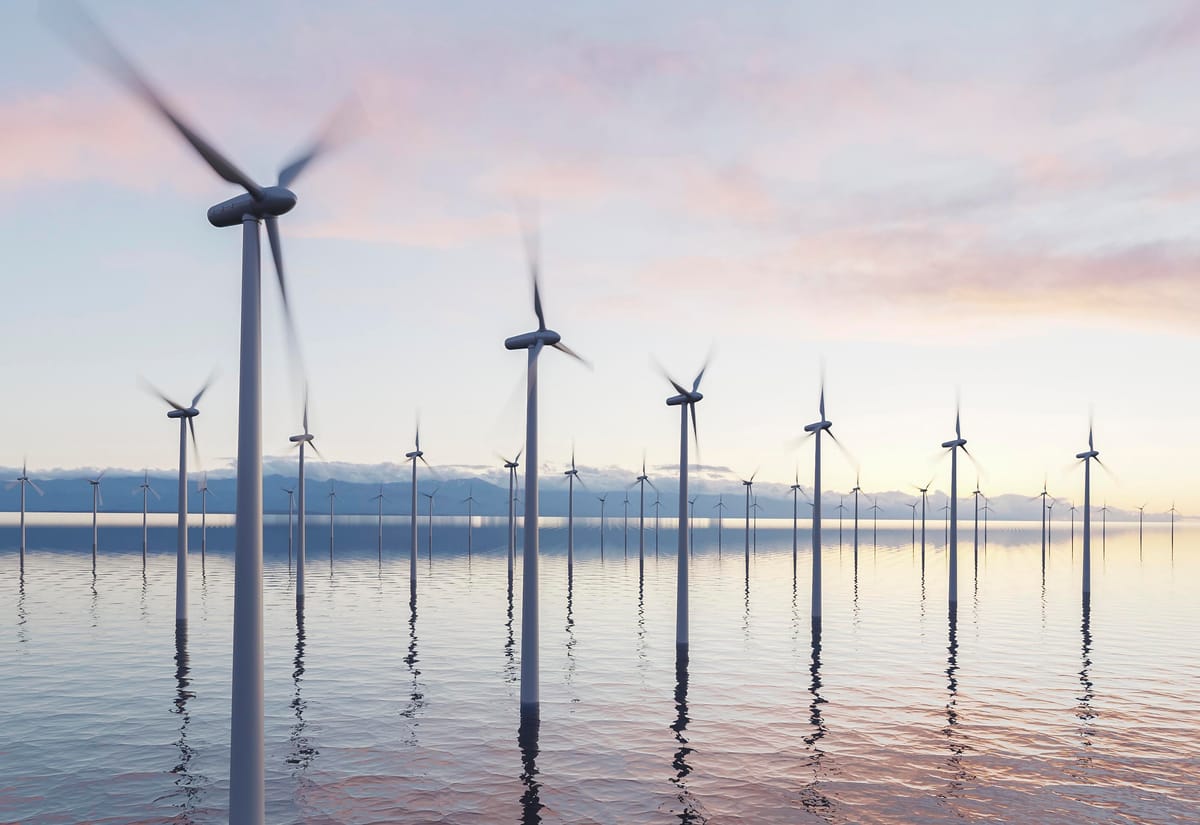Why global capital is betting on clean energy
In 2024, global investment in energy transition tech hit $2.1 trillion, with clean energy leading at $270.1B. Capital is shifting from software to infrastructure, betting on the systems that will power tomorrow’s digital economy.

Clean energy is power from renewable, zero-emission sources like solar and wind has become more than a climate solution. It’s now an investment signal. In 2024, clean energy attracted $270.1 billion in foreign direct investment (FDI), holding the top spot for the sixth year in a row. Broader energy transition tech drew a record $2.1 trillion, driven by renewables, EVs, and grid infrastructure.
The infrastructure shift
Clean energy investment has grown fast since 2020, thanks to falling costs and rising policy support. Solar module prices have dropped 30% in two years, and battery metals like lithium and cobalt have become cheaper. Today, solar and wind deliver 2.5x more energy per dollar invested than they did a decade ago.
But momentum isn’t enough. Bloomberg estimates we need $5.6 trillion annually by 2025–2030 to hit net-zero targets triple current levels. We’re racing forward, but still behind.
At the same time, global capital is pivoting. Communications infrastructure grew 83.6% YoY ($165.7B), semiconductors hit $120.3B, while Software & IT, despite the highest project count, only drew $49.3B. This signals investors are backing the physical infrastructure that powers the digital world.
Investment gaps and global imbalance
Over 70% of clean energy investment is concentrated in China, the U.S., and the EU. Emerging markets like Africa, despite doubling investment to $40 billion in 2024, still lag far behind not due to lack of demand or ambition, but because of structural barriers. High borrowing costs, perceived market risks, and limited access to concessional finance continue to restrict the flow of capital into regions where energy access gaps are the greatest.
This disparity not only slows the global energy transition, it reinforces existing inequalities. While developed economies scale up grid modernization and EV infrastructure, many developing nations are still struggling to secure baseline renewable capacity. Without targeted policy, blended finance tools, and risk-sharing mechanisms, the green energy revolution risks becoming a story of concentration not inclusion.
Why this matters for business leaders
This is no longer just about sustainability. Clean energy and infrastructure have become the backbone of industrial strategy, powering everything from semiconductor manufacturing to AI model deployment. Energy availability, reliability, and cost are now boardroom-level concerns, not just facilities issues. Governments aren’t just decarbonizing—they’re securing national advantage.
The numbers tell the story. The electric vehicle sector alone attracted $757 billion in 2024. Renewable energy followed closely with $728 billion, and $390 billion flowed into modernizing the world’s aging power grids. These aren’t fringe trends—they’re the pillars of the next economic era, where digital growth depends on physical capacity.
For founders and executives, the message is clear: infrastructure-readiness is the new strategic moat. Whether you're building an AI startup or expanding a manufacturing line, your competitive edge will hinge on energy security, chip availability, and data flow resilience.
It’s no longer just about what your company builds. It’s about what powers it, scales it, and protects it.





